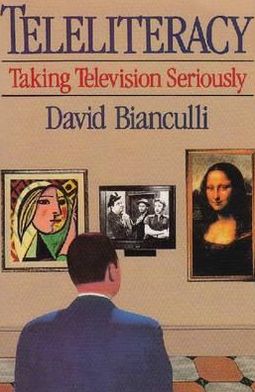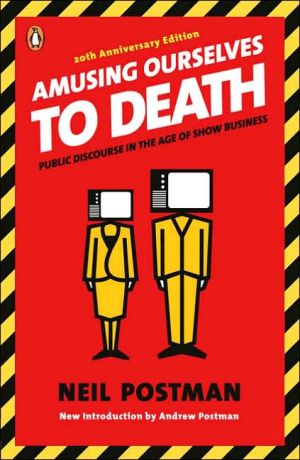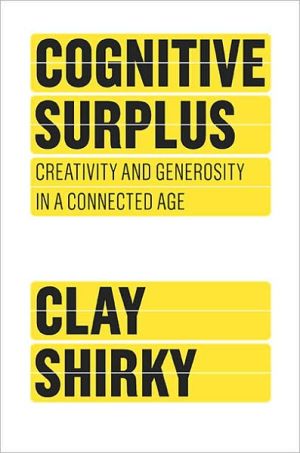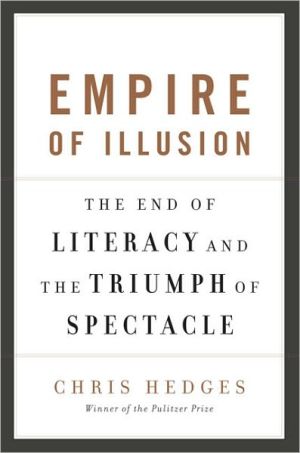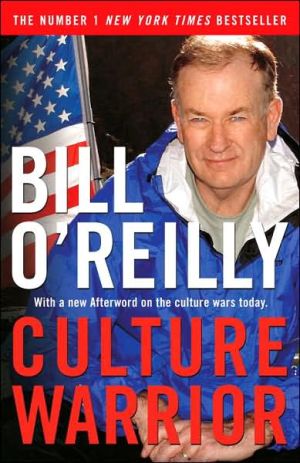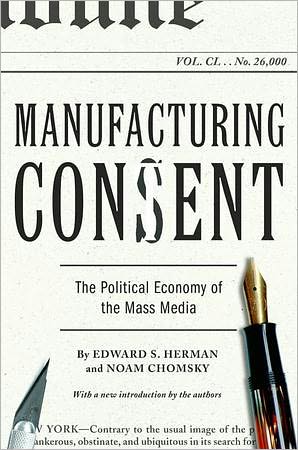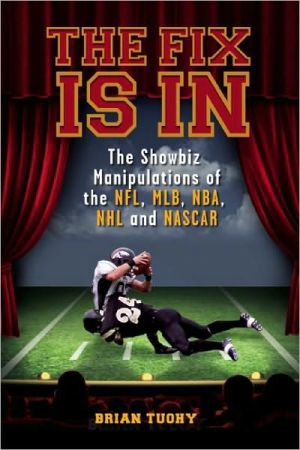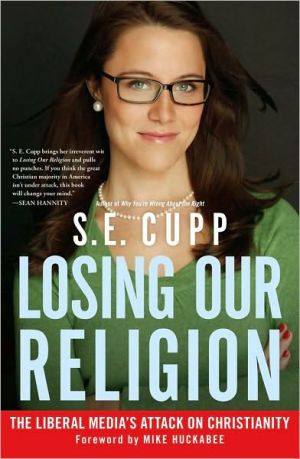Teleliteracy: Taking Television Seriously
We all know about literacy and its recent upper-crust cousin cultural literacy. The time has come for TELELITERACY--a concept that defines, explores, and embraces what we know about, and have learned from, the mass medium of television. This clear-eyed and lively book shows that television, contrary to the opinion of many, is a medium that is opening the American mind. The knee-jerk reaction television often elicits from critics, literati, even well-intentioned parents and educators actually...
Search in google:
Originally published by Continuum (1992), Bianculli, a TV critic for the New York Daily News and watcher of eleven televisions, simultaneously, argues that while most television is not very good, "the best of TV is very good indeed, and that the idea of indiscriminately ridiculing or avoiding the medium of television displays no more intelligence than denouncing all movies as fluff, or holding a 'Don't Open a Book Day.'" First, Bianculli presents a personal view of television showing that it is maligned because it is popular. He next writes a manifesto defending the medium as an art form. Finally he looks at TV in context from its role in the classroom to its presence on the battlefield. The book is replete with quotes from famous TV personages like Peter Jennings, Don Hewitt, and Bill Cosby. Suitable for anyone with a high school education, or for whomever watches television more than they read. Annotation c. Book News, Inc., Portland, OR Publishers Weekly This conversationally written, zesty but hollow manifesto extolling the benefits of television is only likely to persuade the switched-on. Bianculli, TV critic for the New York Post and the Philadelphia Inquirer , concedes that ``90% of television is . . . crap,'' but insists that ``the best of television is very good indeed.'' Far from being a corrupter of literacy, the tube, he speciously argues, can make viewers more literate through programs like Sesame Street and adaptations of Dickens or Trollope that send viewers back to the novels. Dismissing links between TV violence and street violence as impossible to prove, he urges that classrooms teach children what TV can offer and praises the medium's coverage of the Gulf War. Drawing on interviews with Linda Ellerbee, Bill Cosby, Peter Jennings, Kurt Vonnegut, Shelley Duvall and others, Bianculli presents a rosy image of television as a growing, maturing medium, better now than in its golden age. A gimmicky ``teleliteracy quiz'' is included. Photos. (June)
AcknowledgmentsIntroductionPt. 1A Media Perspective11Television Days32Teleliteracy Pretest73Mass Media and Mass Contempt234Instant Replay: a Broad Look at Broadcast History41Pt. 2A Media Manifesto635TV Is Too Important to Turn Off656TV Is Not a Vast Wasteland727Links between TV and Violence Should Be Taken with a Grain Assault748TV Can Be Literacy's Friend as Well as Its Foe789Marshall McLuhan Was Right: There Is a Global Village8610Marshall McLuhan Was Wrong: The Medium Is Not the Message9811Television Deserves More Respect10712Some Television Is Literature--and Vice Versa13813Television Deserves Serious Study14214Teleliteracy Is Here...So Telefriend148Pt. 3A Media Roundtable16115A Serious Look at Children's Television--No Kidding16416Television as a Teacher18417The Civil War to the Gulf War19718Television as a Maturing Medium24519Television at Its Best26620Television as a Serious Subject280Conclusion288Bibliography296Index305
\ Publishers Weekly - Publisher's Weekly\ This conversationally written, zesty but hollow manifesto extolling the benefits of television is only likely to persuade the switched-on. Bianculli, TV critic for the New York Post and the Philadelphia Inquirer , concedes that ``90% of television is . . . crap,'' but insists that ``the best of television is very good indeed.'' Far from being a corrupter of literacy, the tube, he speciously argues, can make viewers more literate through programs like Sesame Street and adaptations of Dickens or Trollope that send viewers back to the novels. Dismissing links between TV violence and street violence as impossible to prove, he urges that classrooms teach children what TV can offer and praises the medium's coverage of the Gulf War. Drawing on interviews with Linda Ellerbee, Bill Cosby, Peter Jennings, Kurt Vonnegut, Shelley Duvall and others, Bianculli presents a rosy image of television as a growing, maturing medium, better now than in its golden age. A gimmicky ``teleliteracy quiz'' is included. Photos. (June)\ \ \ \ \ Library JournalAt times taking television too seriously, newspaper columnist Bianculli nonetheless offers a thoughtful view of a much-maligned medium. Contradicting Marshall McLuhan, he asserts, ``it's the message, not the medium, that's the message.'' Television's global reach, he argues, ``can open windows of observation--and opportunity--that otherwise would be unavailable or incomprehensible.'' He wants television ``to be judged in context, without preconceptions, on its own merits.'' The author interviews a number of experts, including Peter Jennings, Linda Ellerbee, and Bill Moyers, who offer frequently insightful reflections. Among the subjects discussed at length are news coverage, dramatic programming, and television as a learning tool. An interesting study for any media or popular culture collection.--Carolyn M. Mulac, Chicago P.L.\ \ \ BooknewsBianculli, TV critic of the New York post, catalogs the positive aspects of the medium and the shows, and the beneficial impact of television viewing on individuals and on American society. He likes it, and he counters the knee-jerk disdain often voiced by its detractors with example after example of good times with the tube over the years. Indexed by name and show title, but not by subject. Annotation c. Book News, Inc., Portland, OR (booknews.com)\ \
